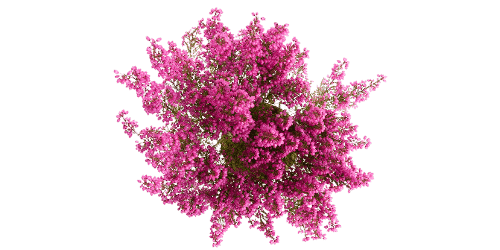
Origin
Cultivated throughout Europe and Asia, heather has always been used in medicine to combat urinary tract disorders. Externally, it also helps to reduce rheumatism and frostbite.
Did you know?
Heather was formerly considered as a magic plant. It was considered to be protective and good luck.
Characteristics
Heather is a sub-shrub that is 10 to 50 cm in height and has branched stems with small scaly leaves, tightly packed against each other. The pink or purple flowers are also very small and are bell-shaped. The plant also has a fruit which is a 2mm spherical capsule full of seeds. The flowers are used In phytotherapy. They naturally contain arbutin.
Flowering and harvesting
Heather only grows in soil with an acid pH. This is why it¡s found in heathland, forest edges, woodlands, forest clearings and meadows. It flourishes in moderately shady locations and can resist extreme winter temperatures as low as -20°C. The pretty pink or purple flowers of heather blossom in summer until the end of autumn. The flower tops are then harvested and dried for use in phytotherapy.
Benefits
Heather contains around 15% arbutin, as well as 3 to 5% tannins.1
The plant:
- Promotes kidney drainage1
Heather has draining properties, in other words, it has the power to promote kidney drainage in order to rid the body of toxins and waste that build up each day..
- Relieves mild urinary tract inflammation1
The diuretic properties of heather can also help to relieve mild urinary tract inflammation.
1Plant-based health: 200 plants with health benefits Reader’s Digest selection, 2003. 352 p. ISBN 2-7098-1413-7
